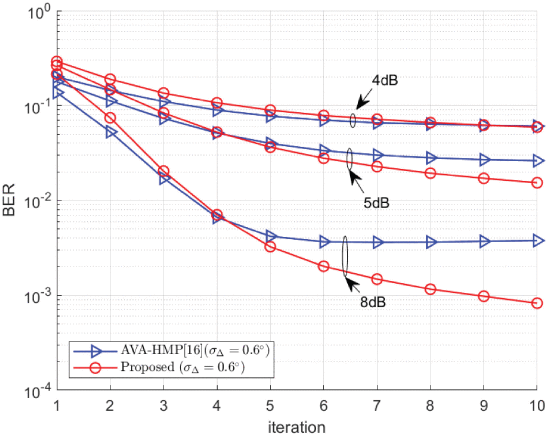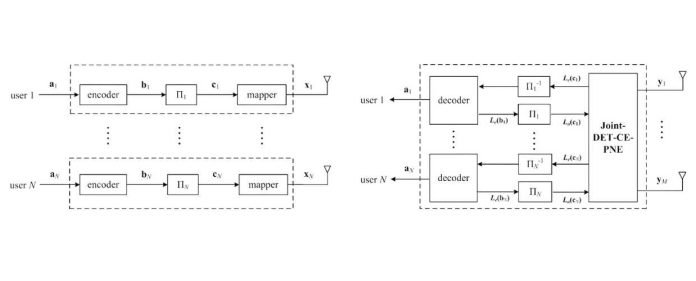Four researchers from the University of Wollongong and the Zhengzhou University, Xiaochen He, Wei Wang Qinghua Guo, Jun Tong, Jiangtao Xi, and Yanguang Yu, developed an iterative receiver that utilizes a highly efficient algorithm rooted in hybrid message passing. The receiver is specifically designed to address joint phase noise estimation, channel estimation, and detection in uplink MU-MIMO on a quasi-static Rayleigh-fading channel.
Multi-User MIMO Systems and Innovating Factor
In the context of multi-user multiple-input multiple-output (MU-MIMO) systems, the research ventures into the realm of independent phase noise (PN) encountered at user terminals (UTs). This PN originates from non-synchronous and noisy local oscillators, forming a backdrop for exploration. The conventional Multi-User MIMO factor graph presents an observation factor fraught with multiple high-dimensional variables interconnected through multiplication and summation. The researchers pioneer a novel approach by introducing auxiliary variables that facilitate the dissection of the observation factor into simpler sub-factors. This transformation paves the way for leveraging diverse message-passing techniques to achieve approximate marginals.
Unveiling Message Passing Techniques
The heart of this innovation lies in utilizing distinct message-passing techniques tailored to specific factors within the Multi-User MIMO system. Belief and expectation propagation (BP-EP) are harnessed to tackle linear factors associated with random walk processes, modulation, and coding. The mean field (MF) technique assumes the mantle for non-linear factors cast in exponential form. Additionally, non-Gaussian MF messages are approximated as Gaussian through a second-order Taylor expansion based on prior beliefs to manage computational complexity. This ingenious approach ensures a quadratic computational complexity per symbol per iteration, ushering in efficiency without compromising precision.
Performance and Promise
Simulation results spotlight the proposed receiver’s performance, setting it above existing methods. The proposed solution closely approaches the matched filter bound (MFB), a testament to its prowess in mitigating bit error rate (BER) concerns. Through this meticulous amalgamation of innovation and technique, the research crafts a receiver solution that outshines, performs, and promises to reshape the landscape of multi-user MIMO systems.

The research orchestrates an intricate symphony of innovation, technique, and precision within multi-user MIMO systems. The proposed solution emerges as a beacon of improved performance and computational efficiency by taming the challenges posed by independent phase noise through novel factor graph representations and leveraging diverse message-passing techniques. As it marches closer to the matched filter bound, this solution lays the foundation for a paradigm shift in multi-user MIMO communication strategies.



